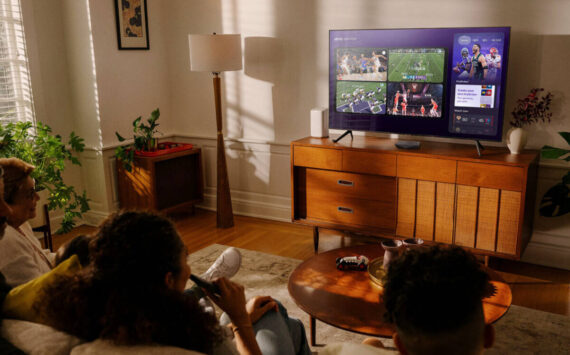As a pulmonologist, Dr. Kerlan Wolsey is an expert in diseases of the lungs — asthma, COPD and other chronic lung conditions. In his work at Pacific Medical Centers (PacMed) Canyon Park and First Hill, patients often ask him what makes the lungs so vulnerable to infection.
“The lungs provide the body’s greatest exposure to the external environment,” he says. “If you spread out the internal surface area of your lungs, it would cover about half a tennis court!”
That means there’s lots of room in the lungs for inhaled particles to settle in and cause infection — and lots of reason to wear a mask. “A mask is a fantastic barrier protection. Even a mask with an imperfect seal is a great help,” Dr. Wolsey says.
While masks are a great prevention tool, and pulse oximeters are a useful monitoring tool once patients have contracted a lung infection like COVID-19.
What is a pulse oximeter?
“It’s a device we use to get an estimation of the amount of oxygen in the blood,” Dr. Wolsey says. “Pulse oximeters measure oxygen concentration and heart rate, and we use this data to help understand what’s happening clinically.”
Pulse oximeters provide only an estimation, achieved by shining a red light beam through your fingertip and assessing the oxygen saturation percentage. To get an accurate measurement, your blood must be analyzed in a lab.
What is a normal oxygen level?
- 94 percent and above is considered normal.
- 89 percent and above is considered normal for people with chronic lung conditions.
Like blood pressure, temperature and other at-home measurement tools, taking multiple readings and watching for trends is key.
“If you have COVID-19 and are using a pulse oximeter to gather evidence and help you decide when to seek care, it’s important to determine if your oxygen percentage is staying the same, getting better or getting worse. That’s probably more important than a single reading,” Dr. Wolsey says.
If you have symptoms of COVID-19 and have a pulse oximeter reading of 94 percent and below, your condition has changed from mild to moderate, and you should connect with a medical professional for an assessment. If your pulse oximeter reading drops below 92 percent, seek care immediately. A drop of three percent or more is concerning, regardless of whether you’re below the 94 percent threshold.
Are pulse oximeters accurate?
“We use pulse oximeters every day in respiratory medicine to give us a better understanding of how a respiratory infection is bearing out clinically. It’s an important tool, now more than ever,” Dr. Wolsey says.
Most pulse oximeters will give data that’s fairly accurate, plus or minus three percent. FDA-approved pulse oximeters with an ISO 80601-2-61 certification are more reliable, though they’re more expensive. (The cost is covered by some insurance and health savings plans.) Smart watch and smartphone pulse oximeters are not recommended for medical use.
“There are reports that pulse oximeters may give erroneous results for people with darker skin tones, but that error typically occurs in extremely low oxygen levels,” Dr. Wolsey adds. “Since we’re mostly measuring oxygen in the 88 to 99 percentage range, I’m not concerned by that data.”
Cold limbs, low blood pressure and other conditions may also cause inaccurate readings. Allow the device to settle on your finger, and check your pulse to ensure it matches the pulsating light on the oximeter. Work with your doctor to check your device’s accuracy and better understand its readings.
Improving lung health
- Get regular exercise
- Avoid all inhalation injuries (cigarette smoking, vaping, cannabis and any other inhaled product)
- Wear a mask in certain settings.
Learn more about Dr. Wolsey’s practice at www.PacMed.org. Call 1-888-472-2633 to schedule an appointment at either Canyon Park in Bothell or First Hill in Seattle.








